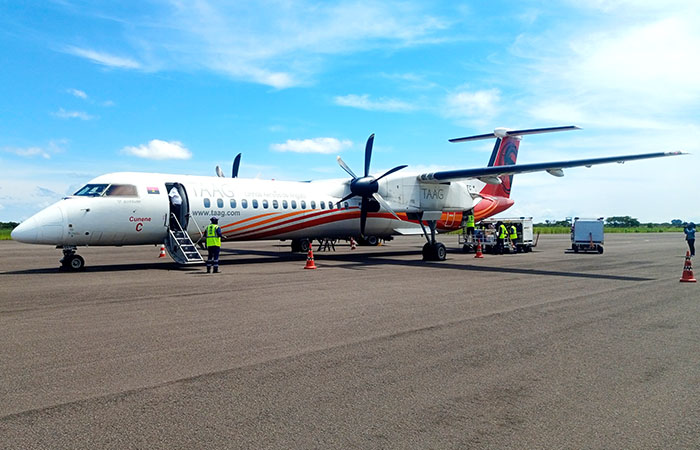Luanda - The lack of infrastructure and essential services in rural areas affect food security, sustainable development and negatively impact on quality of life of populations, states the report of the Agricultural Census and Fisheries (RAPP).
The final report of the RAPP 2019-2020, the first post-independence released on January 17 by the National Institute of Statistics (INE), points to the agricultural, livestock and fisheries sector as facing multiple constraints.
It states that constraints include production, post -harvest, packaging, disposal, transport and marketing.
These facts, clarifies the report on community results, stem from the survey of more than 23,000 villages in the country and contribute to the low productivity and poor performance of farming, fishing and aquaculture.
The collected data indicate that 89% of the villages do not have irrigation systems or water supply, leaving the productive activities dependent on the rains.
Of the 23,832 villages surveyed in the country by the RAPP, in terms of health services, only 3,230 (about 14%) have a health unit (hospital, center or medical post).
As for the sources of electricity, the results show that 83.7% of the villages do not have any source of electricity, 11% resort to alternative, private sources (generator) and only three percent of the villages have consumption from the public network.
In this field, 2% benefit from community generators and 1% use solar panels.
The lack of banking institutions is another major constraint facing rural communities. Access to banking and/or micro credit finance, by villages, corresponds to 0.5% at national level. The villages with the most access to credit are located in Luanda and Namibe, at 6% and 3%, respectively.
Still as for basic social services, with regard to access to the means of communication and transport, newspaper, television, telephone network and internet, the RAPP found that 73% of the village have access to the radio signal, 25% to television, 50 % of telephony coverage.
In this regard, 12% of the villages have access to the internet, two percent access newspapers and around 21% do not have access to any means of communication.
In terms of transport, of the villages surveyed (23 832), 11, 781 have access to the taxi service (49%), 2, 215 have access to the bus, 420 use boats, as well as 250 villages have access to the train (1, 0%).
However, the RAPP 2019-2020 recommends empowering rural areas with essential infrastructure and services, with the aim of improving the living conditions of populations and providing food security for sustainable development.
One of the main objectives of the RAPP 2019-2020 is to provide the Government, the private sector, academic institutions, civil society, partners and all users with reliable and current statistical data, sufficiently disaggregated.
It also involves responding to the planning, monitoring and evaluation needs of initiatives aimed at developing the agro-silvo-pastoral and fisheries sectors.






